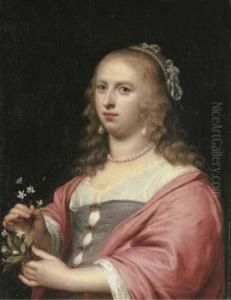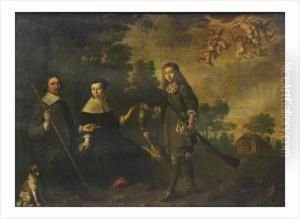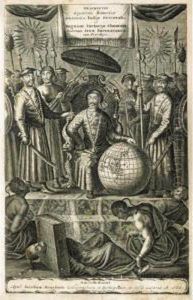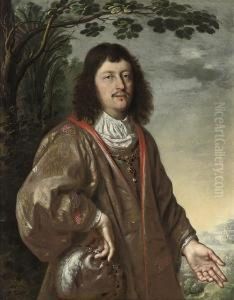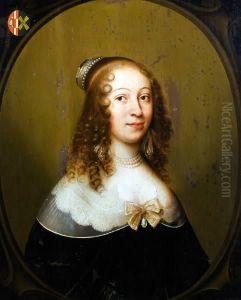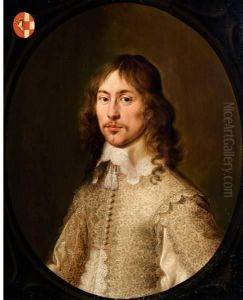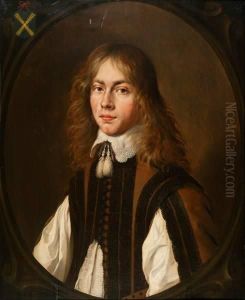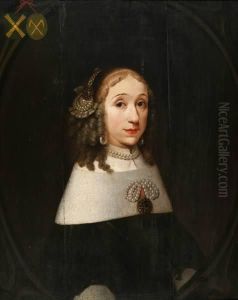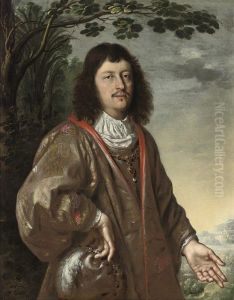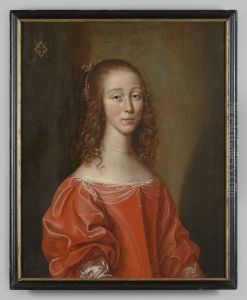Jan Rutgers Van Niwael Paintings
Jan Rutgers van Niwael, also known as Jan van Kessel or Jan van Kessel the Elder, was a prominent figure in the Golden Age of Flemish painting. Born in Antwerp in 1582, he hailed from a family deeply entrenched in the world of art; his grandfather was Pieter Brueghel the Younger, and his great-grandfather was Pieter Bruegel the Elder, establishing a lineage that deeply influenced his path and style. Despite the prominence of his family, Jan carved out his own niche, specializing in still lifes and genre scenes that showcased an intricate mastery of detail and a profound appreciation for the natural world.
Van Niwael's artistic journey was shaped by his early years in Antwerp, a vibrant center for artists during the 17th century. He trained under Simon de Vos, a respected master in the Guild of Saint Luke, which was the heart of Antwerp's artistic community. His membership in the guild, obtained in 1645, marked the beginning of a prolific career that saw him become one of the era's most respected still life and animal painters. Jan’s works are distinguished by their meticulous attention to detail, vibrant colors, and the lively representation of both flora and fauna, earning him the nickname 'Little Jan Brueghel,' a nod to his grandfather's influence and his own stature in the art world.
Van Niwael’s paintings often depicted elaborate floral arrangements, allegorical scenes, and detailed landscapes that reflected a harmonious balance between mankind and nature. His ability to render subjects with such precision and vitality was unparalleled, making his pieces highly sought after by collectors and art enthusiasts of his time. Moreover, his contributions to the genre of still life painting were significant, influencing subsequent generations of artists in the Low Countries and beyond.
Despite his success, much of Jan Rutgers van Niwael’s life remains shrouded in mystery, with few records detailing his personal life or artistic endeavors outside his surviving works. He passed away in 1666, leaving behind a legacy that has continued to captivate and inspire. Today, his paintings can be found in major museums around the world, serving as a testament to his skill and enduring appeal in the history of art.
